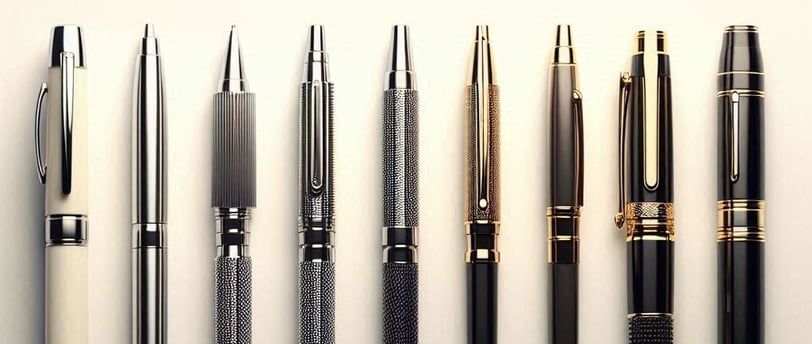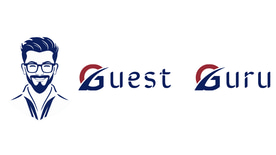Introducing the M.A.D Series!
M.A.D: Marketing and Decisions (#mad) is a series of posts aimed to make marketing easier to understand and show you how to make better decisions.


This week on M.A.D (Marketing and Decision) series, we’re exploring the Levels of Product—with pens as examples.
A pen might seem simple, but when you look closely, it’s a great example of how different levels of value can be added to a product. Let’s break it down:
1. Core Benefit: The basic need the product fulfills.
The core benefit of a pen is writing. At this level, customers want a tool to jot down notes or sign documents—nothing more.
Example: An unbranded pen sold for ₹5 fulfills this need. It’s cheap, functional, and gets the job done, but without any additional features or appeal.
2. Basic Product: The product with essential features.
At this level, the pen is refined to include basic features like smoother ink flow, comfortable grip, or better durability.
Example: DOMS pens, priced at ₹10–₹20, are a good step up. They write smoothly, last longer, and are widely trusted by students for everyday use.
3. Expected Product: The product with attributes customers expect.
This is where customers start looking for additional quality, aesthetics, and branding. They expect the pen to have a smooth writing experience, stylish design, and maybe even a sense of reliability.
Example: Parker pens, starting at around ₹150, meet these expectations. Parker is known for its elegant designs and excellent writing quality, making it a popular choice for professionals.
4. Augmented Product: The product with extra features and benefits.
At this stage, the pen becomes more than just a writing tool. It’s a status symbol or premium experience. Augmented products offer features like luxurious packaging, refillable systems, and even a lifetime warranty.
Example: Cross pens, priced at ₹2,000 and above, represent this level. They combine sleek designs, premium materials like gold or silver accents, and a brand legacy, elevating the pen into a luxury accessory.
5. Potential Product: Innovations and future possibilities.
The potential product goes beyond today’s features to explore innovations and personalization. Pens in this category focus on exclusivity, luxury, and even technology.
Example: Montblanc pens, priced upwards of ₹25,000, are in this space. Montblanc offers handcrafted pens with personalized engraving, precious metals, and advanced ink systems. It’s not just a pen—it’s an investment, a collector’s item, and a statement of success.
In conclusion, these levels show how a simple product like a pen can be perceived and valued differently based on the features, branding, and emotional connection it creates with its users.
From a ₹5 pen to a ₹25,000 Montblanc, the possibilities for creating value are endless! Now using this framework think how are you adding value to your product or service..?
Happy marketing..!
